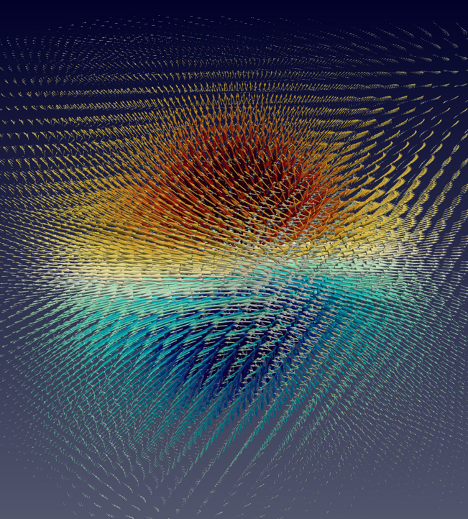Metal-halide perovskites have quickly advanced in the last decade since their discovery as a semiconductor that outshines silicon in its conversion of light into electric current.
A recent study, “Topological polarons in halide perovskites,” published March 2024 in the Proceedings of the National Academy of Sciences (PNAS), describe computational simulations which revealed surprising vortex structures in quasiparticles of electrons and atoms, called polarons, which contribute to generating electricity from sunlight.
This new discovery can help scientists develop new solar cells and LED lighting. This type of lighting is hailed as eco-friendly, sustainable technology that can reshape the future of illumination. “It turns out that halide perovskites in solar cells show exceptional energy conversion, and efficiency,” said Feliciano Giustino, co-author on the paper and professor of physics and W. A. ‘Tex’ Moncrief, Jr. Chair of Quantum Materials Engineering at the College of Natural Sciences and core faculty at the Oden Institute for Computational Engineering and Sciences at The University of Texas at Austin.
“We found that electrons form localized, narrow wave packets, which are known as polarons. These ‘lumps of charge’ — the quasiparticle polarons — endow perovskites with peculiar properties,” said Giustino.


